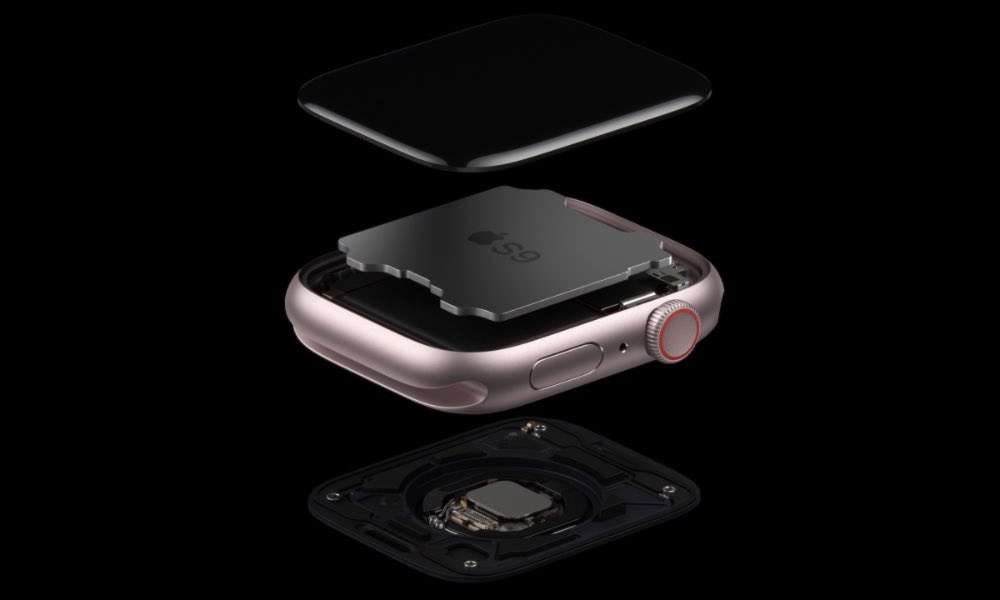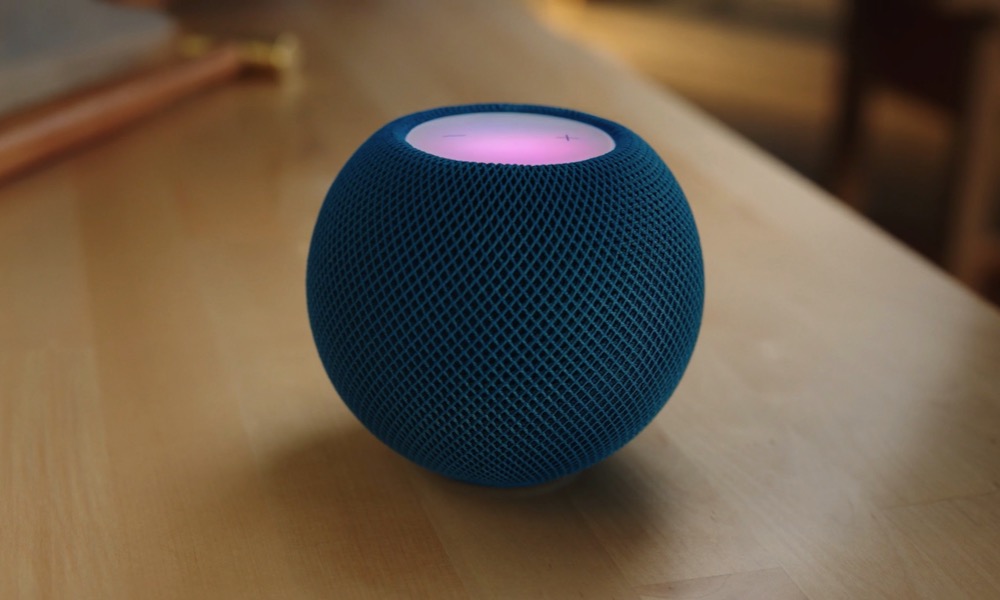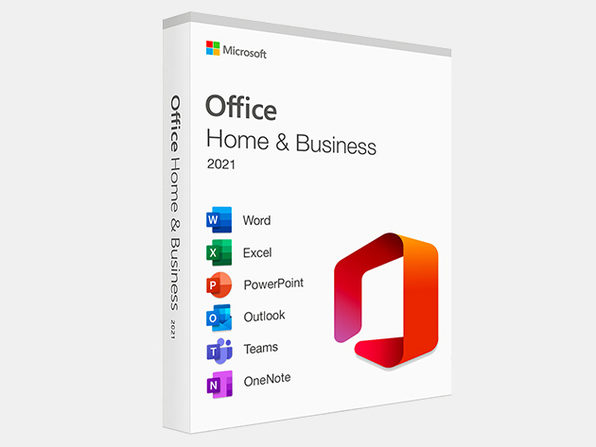Apple Expands S9 Chip Production to the US — But Why?

Toggle Dark Mode
In September, Apple began making A16 iPhone chips in Arizona, marking the first production run since opening the plant in 2023. Now, it’s expanding that by bringing another chip to US shores: the S9 used in the Apple Watch Series 9 and Apple Watch Ultra.
Apple’s late 2024 decision to start producing A16 chips was seen as unusual in light of how old they were. Most believed it was essentially a trial run, but while that’s probably true, it’s worth keeping in mind that the A16 is used in the iPhone 15 and iPhone 15 Plus — both of which Apple still sells and is likely to continue selling until late 2026. This means Apple still needs to make A16 chips, and what better way to have TSMC put its new plant through its paces than to do so with the lower-stakes A16?
According to independent journalist Tim Culpan, Apple has begun producing its second piece of silicon at the Arizona facility — and this one is even more mysterious.
Culpan’s sources say that it’s an Apple Watch chip “believed to be the S9 SiP.” He admits that he’s “a little unclear” about it, but he’s 99% sure it’s the S9, as that’s all that TSMC should be set up for right now.
Recall that TSMC Arizona is manufacturing at N4 (part of the N5-family of process nodes) while the S9 is made in Taiwan at N4 and is a derivation of the A16, so this would make sense.
Tim Culpan
What makes this a bit unusual is that Apple isn’t widely using the S9 chip anymore. It was primarily found in the Apple Watch Series 9, which was discontinued after the Apple Watch Series 10 was released in September with a newer S10 chip. The Apple Watch Ultra 2 still uses the S9 chip, but it’s hard to imagine Apple is cranking those out in volume anymore.
It’s worth noting that the S10 chip is just a repackaged version of the S9 — they both use the same underlying T8310 architecture — so Apple could be producing the S10 since it likely uses the same 4-nanometer (4nm) process. However, there’s another possibility that’s far more interesting.
While even an S10 chip would still have a limited run — the Apple Watch Series 10 will almost certainly be replaced by a newer model with an “S11” chip this fall — Apple likely has something else in mind for its recent S-series chip.
If the latest rumors are true, Apple plans to release a new “HomePod mini 2” this year. If that new speaker follows in its predecessors’ footsteps, it’ll be powered by an S-series chip.

While the original 2018 HomePod used an A8 chip, Apple moved to the S5 with the HomePod mini in late 2020 and followed that up in early 2023 with a second-generation full-sized HomePod with an S7 chip. The S5 chip was introduced in the 2019 Apple Watch Series 5, and the S7 in the 2021 Apple Watch Series 7, so Apple’s recent HomePods both used S-series chips from the Apple Watch models released 14-16 months earlier.
If this trend continues, the HomePod mini 2 should be on track to use the S9 chip introduced with the 2023 Apple Watch Series 9.
While it didn’t take the world by storm, the HomePod mini still proved to be a hot seller, doubling Apple’s smart speaker share in 2021 and beating out Amazon’s Echo Dot for second place despite being double the price. While those numbers have declined since Apple’s near-15-million peak in 2021, it still did a healthy business of almost 10 million units in 2023, and it’s reasonable to assume that a new HomePod mini would spur a new increase in sales.
This will drive demand for more of whatever SiP Apple plans to put into the HomePod mini. That’s likely to be the S9, which puts a new spin on why Apple is suddenly asking TSMC to ramp up chip production at its Arizona facility.
While the S9 won’t be enough to deliver full Apple Intelligence support on the HomePod mini, it’s worth noting that it does have a neural engine that’s powerful enough to handle on-device Siri requests. That could improve the smart speaker’s Siri capabilities overall and might even allow for some limited AI capabilities, such as calling up ChatGPT or sending requests to Apple’s Private Cloud Compute. After all, a HomePod mini only needs to respond to voice requests — it won’t need to handle generative AI features like writing tools or Image Playground.
Still, we’re not expecting anything too revolutionary from Apple’s next HomePod. It’s likely going to look the same and mostly pack in better specs that should make it faster and more responsive while also improving Wi-FI and Thread connectivity. Apple reportedly has other more ambitious plans for the home, including a smart home hub display that could land in the next few months and a home security camera or doorbell that could use Face ID to unlock your front door upon your arrival.
[The information provided in this article has NOT been confirmed by Apple and may be speculation. Provided details may not be factual. Take all rumors, tech or otherwise, with a grain of salt.]







